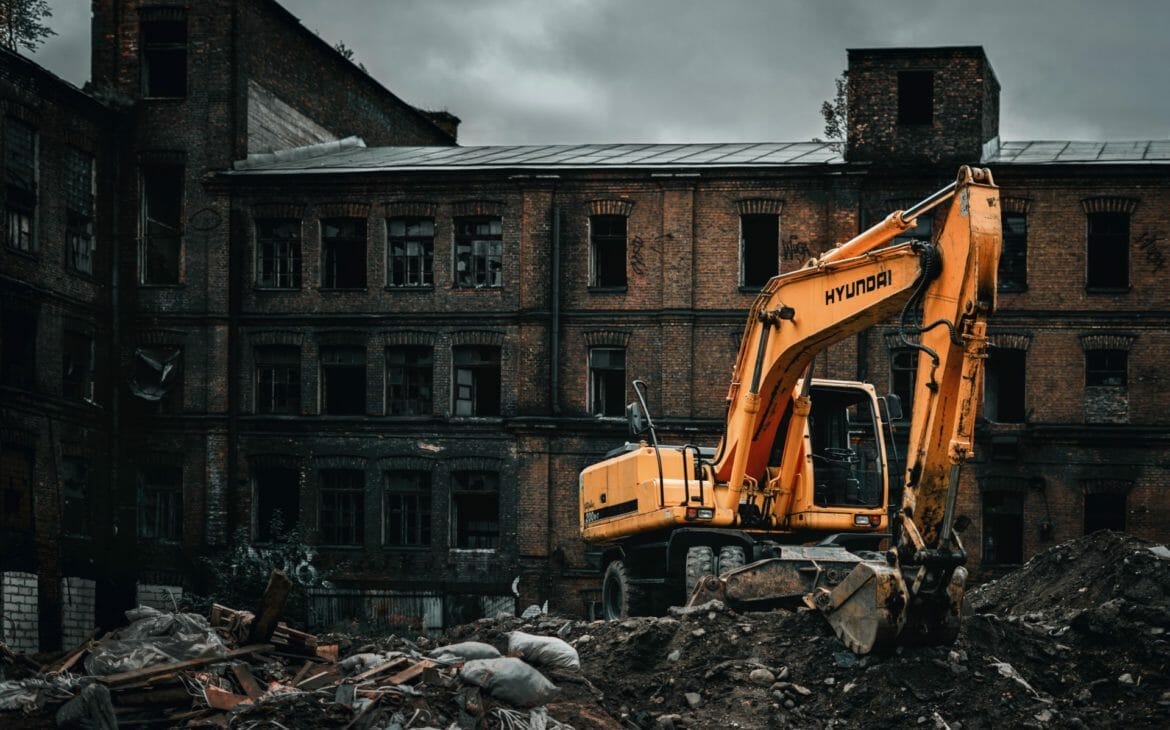The energy and resources that go into building a structure are substantial. Demolition and construction waste management in these cases becomes tedious. The solution to this problem is to weigh the pros and cons of demolition against renovation.
A study shows that demolition or replacing a building and completely starting anew is energy and material-consuming. It takes decades for the new construction to yield any environmental benefit. New construction or demolition makes use of more embodied energy than that of renovation.

What is embodied energy? The total amount of energy required for extraction, processing, manufacturing and transporting building materials to the site releasing CO2 is embodied energy. These processes contribute to greenhouse gas emissions and hence need to be calculated during construction making it easy to calculate the carbon footprint of the building. A major part of environmental impact occurs during the initial stages of the lifecycle of the building during construction. A material can be used only if it promises to reduce operating energy requirements. An example would be using materials that are stronger and more durable to avoid replacing them for wear.
New construction and demolition have a higher embodied energy due to the embodied energy of new materials and the energy that goes into demolition. But as time passes the newer construction has comparatively lesser embodied energy while older buildings tend to fall into disrepair and constant maintenance.
While demolitions provide a completely new starting point for a new design it’s also an opportunity to change it into something better. Energy-efficient practices, low-energy construction methods, reusable materials, and the elimination of older toxic materials are the advantages that come with demolition and new construction.
Renovations and refurbishments however allow for the skeleton of the building to be kept intact largely reducing construction costs. Since the number of materials and energy used is lower it automatically has a lower environmental impact. For this reason, energy payback which is the amount of energy consumed over the period of its lifecycle can be calculated for buildings.
The demand for housing has drastically increased over the years making the environmental impact of construction extremely high. The amount of waste produced during the entire process also contributes to the damage. Following building codes and standards help reduce this to a considerable amount. With the rise in Green buildings and sustainable architecture promoting designs following these styles will only be advantageous in the near future.




















